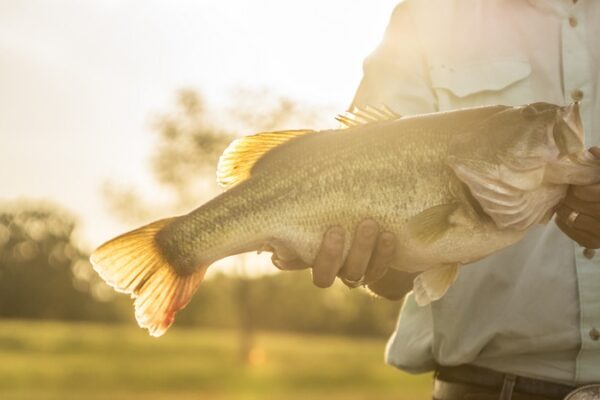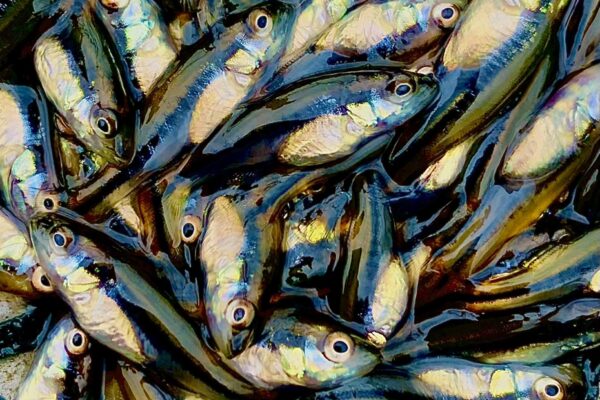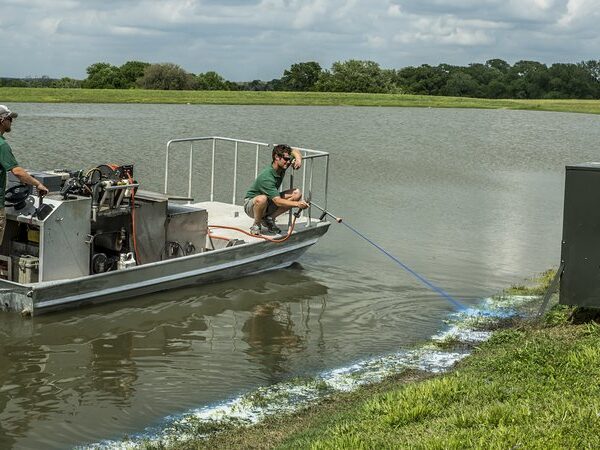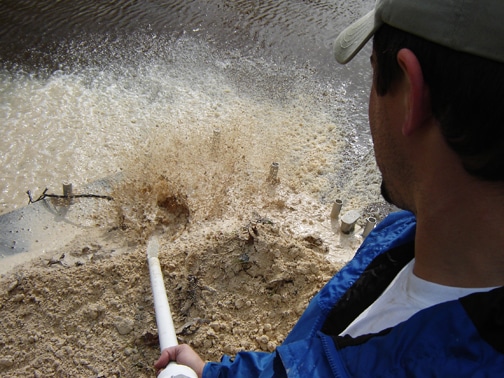
Your pond is an ecosystem. If you want to make it a productive fishery, pond liming and fertilizing are important steps for keeping that ecosystem in balance and promoting fish growth.
Ready to reel in some trophy largemouth bass? If you are wondering why your bass are not tipping the scales yet, liming and fertilizing may solve the problem.
We can get you there with our liming and fertilizing service. For over two decades we have enabled pond and lake owners across Texas, Louisiana, Oklahoma and Arkansas to maximize fishery productivity with these proven techniques.
